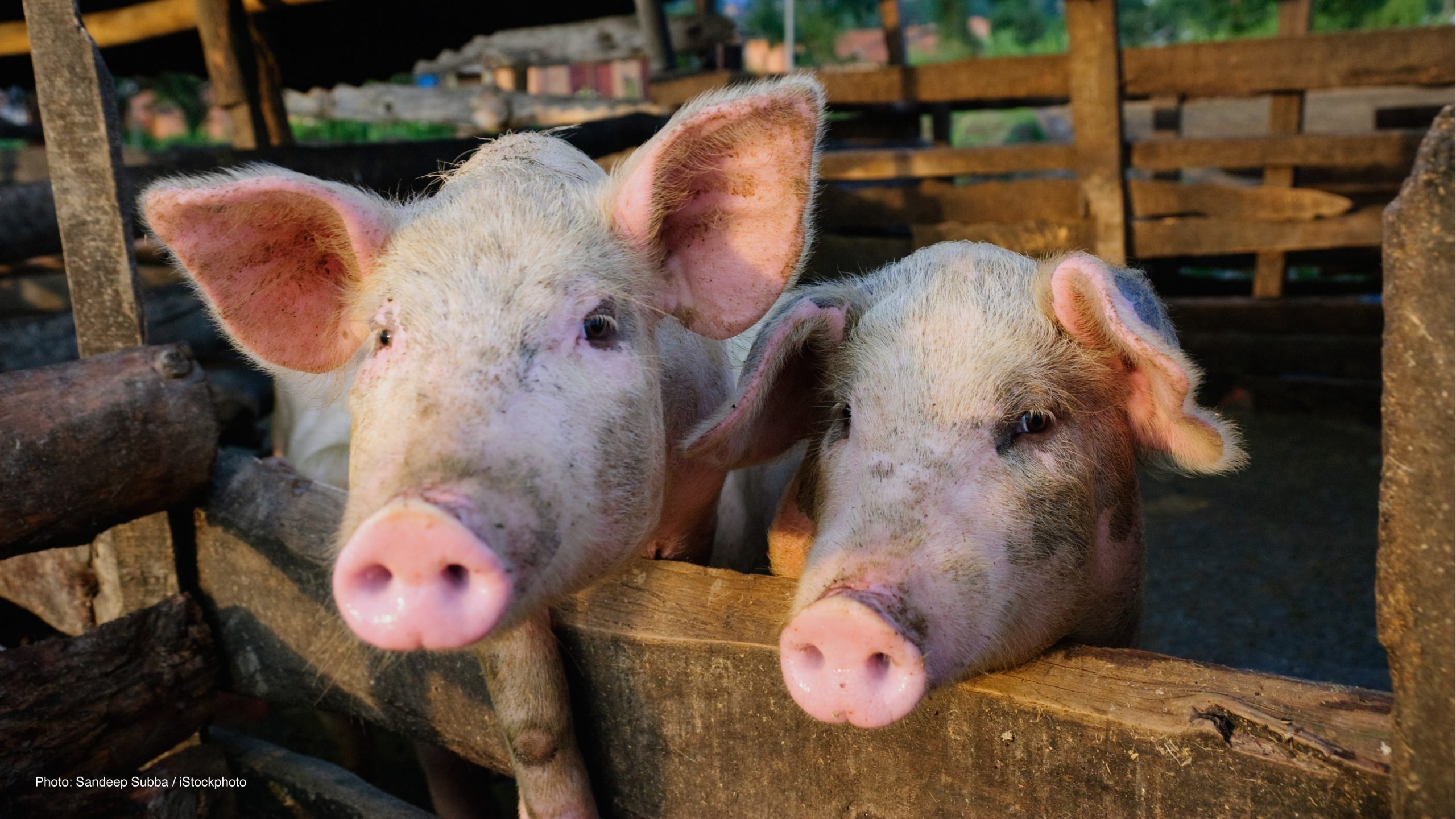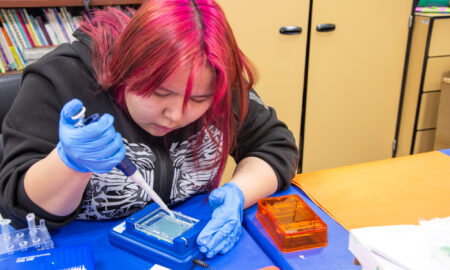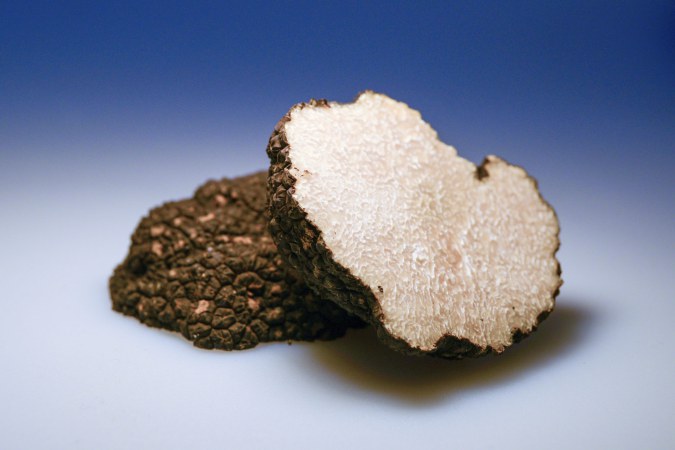Testing chickens for the recessive white allele
Not all white chickens are the same—white plumage can result from different genetic mutations. Understanding the specific genes your chickens carry allows for better flock selection and informed breeding decisions.
The genetics behind recessive white
Recessive white in chickens results from a mutation in the TYR gene, which plays a key role in producing melanin—the pigment responsible for coloration. This mutation occurred when a retrovirus inserted its genetic material into the chicken genome, disrupting the TYR gene. Because this trait is recessive, a chicken must inherit two copies of the mutated allele to appear white. However, white plumage can also result from other genetic mutations, making things even more complex.
This means a pigmented chicken could carry one copy of the recessive white allele without expressing it, while a white chicken could have zero, one, or two copies of the recessive white allele. So, how can you determine if your bird carries the recessive white allele, and how many copies it has? The answer lies in its DNA. A simple DNA test can provide clear results, helping breeders and backyard chicken keepers make informed decisions about their flocks.
How can I check for the recessive white allele?
Today, thanks to PCR technology, on-farm DNA testing allows you to confirm whether a chicken carries the Recessive White allele, ensuring you’re selecting the right birds for your flock. A quick genetic test from a blood sample can save months of uncertainty.
This test determines whether a chicken is heterozygous or homozygous for the recessive white allele.

What are the steps in the recessive white allele PCR test?
The miniPCR Dx Recessive White DNA Test is straightforward and can be conducted on-farm by breeders or used as an educational tool by teachers. The kit includes all the necessary reagents, as well as the PCR tubes. It consists of three steps:
- Set up & Lysis: Prepare the reaction Extract the DNA from a previously blood spot blotted on paper with a simple 10 min incubation in DNA Extraction Buffer (provided).
- PCR (Polymerase Chain Reaction): Amplify the DNA using primers that produce products of different sizes depending on whether the mutation is present or not.
- Gel Electrophoresis: Separate the DNA fragments by size on a gel.
- One lower band = two copies of the recessive white allele (homozygous).
- Two bands = One copy of the recessive white allele (heterozygous)
- Upper band = No recessive white allele.
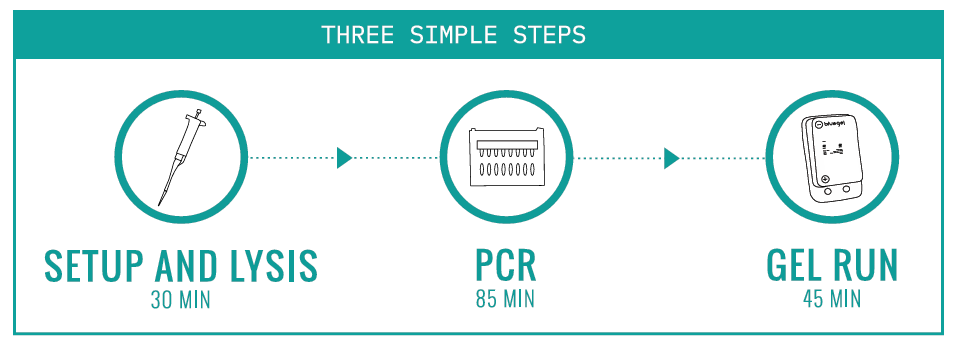
What do I need to get started with chicken DNA testing?
How to start
For on-farm DNA testing, you need a kit, gel electrophoresis supplies, plastic consumables, and basic equipment. We’ve bundled everything for easy setup!
- gelPCR™ Starter Bundle: Processes 8 samples (7 tests + 1 negative control).
- gelPCR™ Premium Bundle: Processes 16 samples (15 tests + 1 negative control).
Good news: The equipment is a one-time purchase!
Keep testing
For refills, order the kit, gel electrophoresis supplies, and plastic consumables (microtubes and filter tips) online. For convenience, the Learning Lab Companion Kit includes microtubes and gel electrophoresis materials to keep testing seamlessly.
A user-friendly DNA test for the recessive white allele
As backyard chicken keeping grows in popularity, maintaining top genetics in your flock is key. Curious if your hens carry the recessive white allele? Our easy-to-use DNA test provides clear answers right on your farm.
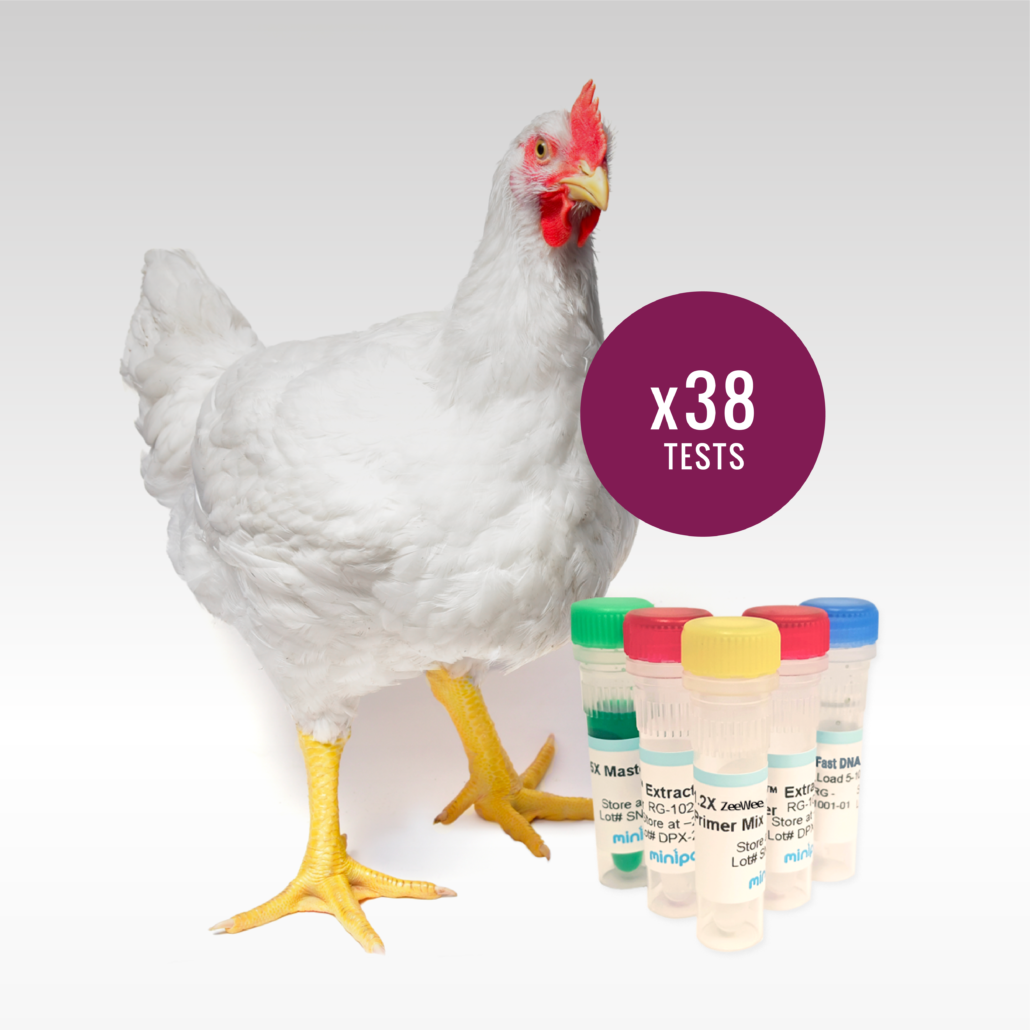
What other DNA tests can I perform on my chickens?
miniPCR Dx offers a range of on-farm tests to improve your flock through genetics:
- Bird DNA Sexing Tests: Designed for determining the sex of chickens or parrots.
- Blue Egg Oocyan Test: Designed to detect the presence of the oocyan gene responsible for blue eggshell coloration in chickens.
- Lavender Chicken DNA Test: An in-house diagnostic kit designed to detect the presence of the Lavender allele (LAVL*) in chickens.
Used by breeders and educators alike, these tests make tracking inheritance of chicken traits as easy as it can be!

